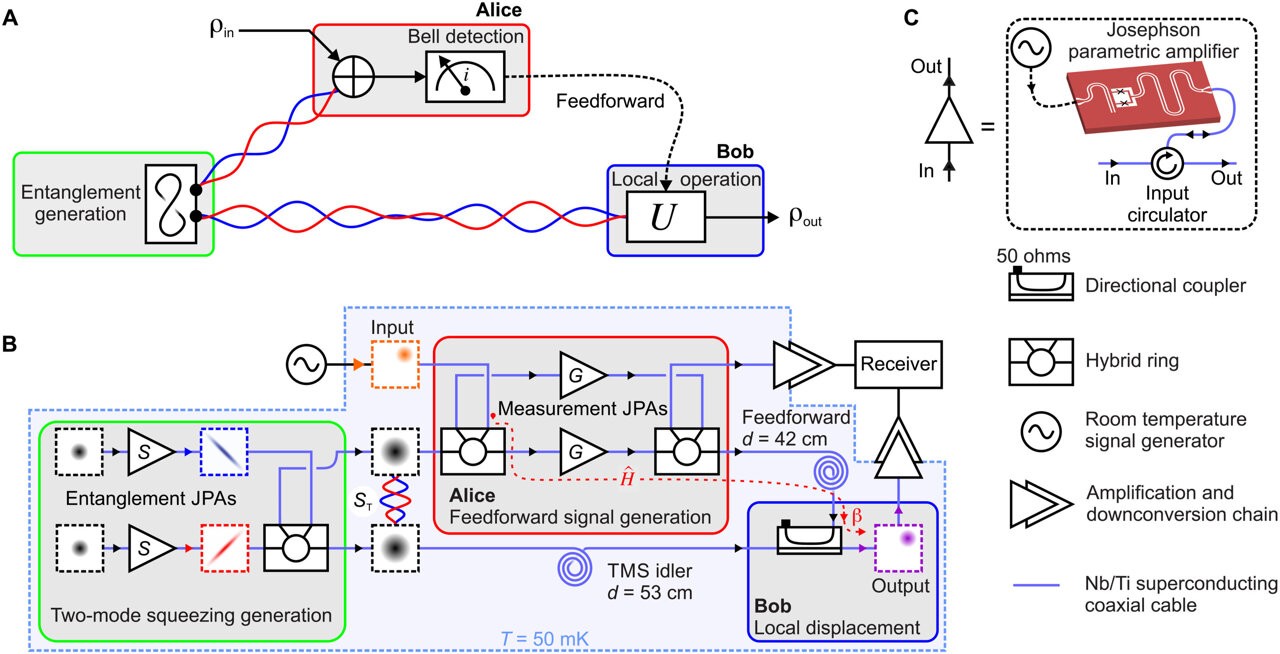
In a groundbreaking development, researchers at Oxford University have successfully used quantum teleportation to connect two quantum processors located 2 meters apart, enabling them to function as a single computational unit. This achievement, published in Nature, represents a major step toward scaling up quantum computing capabilities.
The experiment utilized two ion traps, each containing a strontium and calcium ion pair. The calcium ions served as local memory and computation units, while the strontium ions acted as network nodes. An optical cable connected the traps, allowing photons to entangle the strontium ions and create a unified quantum system.
Unlike science fiction teleportation, quantum teleportation requires pre-positioned entangled particles at both ends. The process transfers the quantum state from one location to another while destroying the original state - a necessity due to quantum mechanics' prohibition on copying quantum states.
The Oxford team demonstrated that this setup could perform quantum gate operations across the physical gap with approximately 70% accuracy. Most errors stemmed from local operations rather than the teleportation process itself. The researchers successfully executed Grover's search algorithm across the distributed system, albeit with a limited four-item database due to using only two qubits.
The implications are far-reaching, as this approach could potentially work with various types of quantum bits (qubits). While the current error rates need improvement before practical applications become feasible, this proof-of-concept demonstrates a path toward linking multiple quantum processors together - a critical requirement for building large-scale quantum computers.
The research team suggests that using commercial-grade hardware could substantially improve performance. As quantum computing hardware continues to advance, this teleportation-based approach may become instrumental in creating distributed quantum computing networks capable of running complex algorithms requiring thousands of qubits.